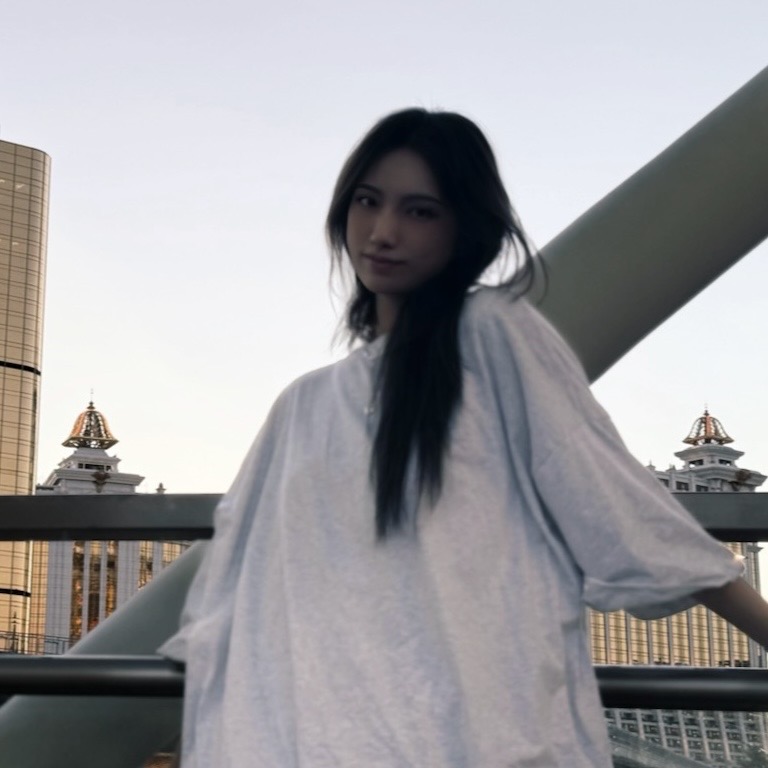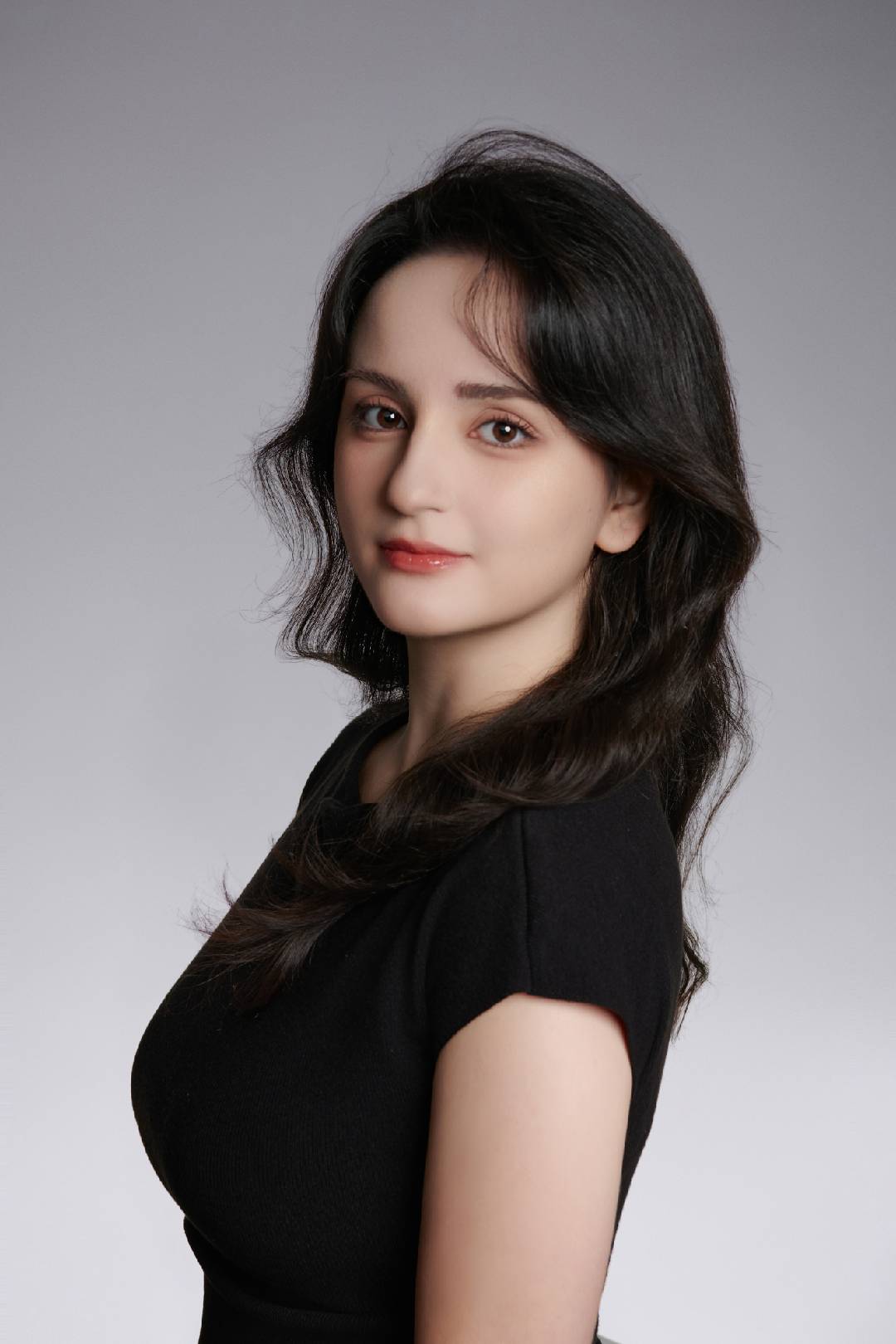Meet SAM 3D, Meta’s newest “kid you definitely don’t want to underestimate.” It walks into the room quietly and then casually rewrites the rules of 3D reconstruction. It’s not perfect. It’s not invincible. But when it nails a scene — oh, it really nails it.
SAM 3D: Transform Single 2D Photos into 3D Assets
In-Depth Insight into SAM 3D: Overcoming the Challenges of Complex 3D Scene Segmentation
Single Photo Really Becomes a 3D Scene. SAM 3D, With a Side of Magic
What if I told you that one ordinary snapshot — a messy desk, a crowded café scene, a selfie with half the kitchen in the background — could morph into a full 3D room, with shapes, textures, and depth? Sounds like wishful thinking. And yet, here we are.
Meet SAM 3D. The new kid on the block from Meta that has absolutely no chances to get bullied and is quietly rewriting the rules of 3D reconstruction. It’s not bulletproof. It’s not always perfect. But when it works — oh, does it work.
What Is SAM 3D and What Makes It Special
- SAM 3D comes as a pair of models: SAM 3D Objects (for objects and scenes) and SAM 3D Body (for humans, pose, shape, mesh).
- From a single 2D image, it infers full 3D geometry, texture, pose, and even coarse scene layout. That includes objects in clutter, partial occlusion, real-world lighting, imperfect photos — the messy, beautiful chaos of real life.
- Meta released code, model checkpoints, and even a demo playground, so this is not vaporware. This is available, real, and open-source for experimentation.
In short: SAM 3D doesn’t draw outlines but builds worlds from flat pictures. (Meta)
Okay, How Does It Even Do That?
Let me try to peel back the curtain without turning the magic into boring math.
- First - segmentation. The Segment Anything Model has always been good at cutting out objects from images. But SAM 3D layers geometry and depth inference on top. It uses segmentation as a scaffold, then guesses depth, texture, and layout. It’s like giving a sculptor a silhouette and asking them to rebuild the statue from memory and intuition.
- Second - real-world robustness. Because SAM 3D was trained (and evaluated) on photos rife with occlusion, clutter, odd angles, bad lighting and not pristine studio shots, that means it learns to reason: “yes, that half-hidden chair is behind the table,” “yes, that lamp is tilted away, but here’s its backside.” Those guesses aren’t always perfect, but they’re often good enough (Leviathan).
- Third - accessibility. You don’t need a photogrammetry rig. No need for multiple shots, depth camera, or laser scanner. One image. One shot. One API call or a drag-and-drop in the demo.

SAM 3D: Strengths and Weaknesses
What's good
- Single-image magic
Realistic 3D output from a single photo; would be perfect for quick iteration, game assets, AR previews, or rapid prototyping.
- Generalizability
Works on everyday scenes, not exclusively studio setups. Handles occlusion, clutter, and partial views. Great for real-world variability.
- Human reconstruction
SAM 3D Body can estimate body shape and pose from a 2D photo; useful for avatars, VR, motion capture, and virtual try-ons.
- Open and ready-to-use: Model weights, code, evaluation data — all available. No closed labs and NDA.
What's Not
- Not always perfect geometry
Guesswork in occluded or complex areas can lead to wobbly meshes or missing detail.
- Texture and realism limit
Lighting, reflections, and fine texture details may degrade if the source image is poor.
- Single-view limitations
Depth is inferred; there’s no guarantee of the accuracy of hidden or back-facing surfaces.
- No 100% consistency across multiple images/angles (yet)
It’s a reconstruction from one view and not a full scan.
What Do We Bring to the Table
In contradiction to common perception, this kind of innovative technology is not magic, no matter how much we want it to be.
When you try to build or improve a model that sees the world in 3D, that must understand geometry, surfaces, occlusion, texture, point clouds, maybe even motion, you quickly discover that data is your biggest bottleneck. Real-world photogrammetry is expensive; point clouds are messy; manual 3D annotation is brutal and slow.
At Abaka AI, we are working hard to ease that pain:
- Full multimodal dataset support, including 3D / point clouds / LiDAR / images / video. We handle everything: from 2D images to 3D point clouds and even 4D data (time + space). If you’re trying to train a 3D scene-segmentation model or a reconstruction model, we will supply and annotate the necessary data: depth maps, segmentation labels, object masks, geometry annotations, or point-cloud metadata.
- High-accuracy annotation at scale. Our annotation network spans many countries, with vetted expert annotators experienced in complex tasks. They layer human reviews, cross-validation, consensus labeling, and automated error detection to ensure data quality, which is exactly what you need to make sure noisy or inaccurate labels do not break geometry learning.
- Custom dataset construction & domain adaptation. Generic 3D datasets might cover furniture, cars, and basic objects. But real-world scenes, such as interiors, urban landscapes, clutter, and lighting variation, are messy. We offer tailored, industry-specific datasets: VR, gaming, interior design, robotics, medical, you name it. If you’re building a 3D segmentation model for indoor AR, autonomous navigation, or immersive environments, we can craft data meant for exactly that distribution, we're just saying.
- Faster data pipelines, including automated pre-labeling + human-in-the-loop. Annotating 3D data manually is more than painful. Our platform supports automated annotation tools (pre-labeling) followed by human correction, cutting through large volumes much faster.
- Support for full data lifecycle — from collection to cleaning, annotation, and delivery. We do not take your raw scans and hope for the best. Instead, we handle collection, cleaning, annotation, and formatting and deliver ready-to-use datasets for training or evaluation. Basically, reducing overhead, speeding up development, and helping you focus on building the model instead of wrangling data pipelines.
- Flexibility and security: private/hybrid deployments, compliance, data governance. We support private/on-prem/cloud/hybrid flows.
- Annotation + talent services, domain experts, engineers, and long-term collaborations. Sometimes, 3D work needs specialised skills, such as geometry experts, CAD understanding, semantic segmentation, and LiDAR. We offer access to vetted professionals ready for long-term collaboration.
Learn more here -> Abaka AI

What Does SAM 3D Mean for You (Yes, You Specifically)
If you build games, VR/AR apps, content pipelines, or even just mess around with 3D ideas, SAM 3D is a goldmine. It turns cellphone photos into near-ready 3D assets. Furniture shots, street photos, living-room selfies, it's all possible!
You can use it for:
- Quick asset generation for games and indie studios
- E-commerce: converting product photos into 360° 3D previews or AR “place in room” views
- Virtual try-on, avatar creation, character generation from user photos
- Rapid prototyping for architecture, interior design, storytelling
And all you need is a browser or minimal code.
Reality Under the Hood + Imagination in Your Hands
3D reconstruction used to mean scanning booths, multiple cameras, depth sensors, and hours of cleanup. Now, a photo, a click, and a mesh emerge.
SAM 3D isn’t magic. It’s just very clever. Most importantly, it reminds us that AI doesn’t just replicate reality but interprets it.
If you ever wanted to snap a picture and see it live in 3D, now you can. And somewhere, that feels a little like modern alchemy. The more the better!
Stay tuned for more groundbreaking AI updates! Read more insights here ->Blogs, get more insights here -> Contact Us



